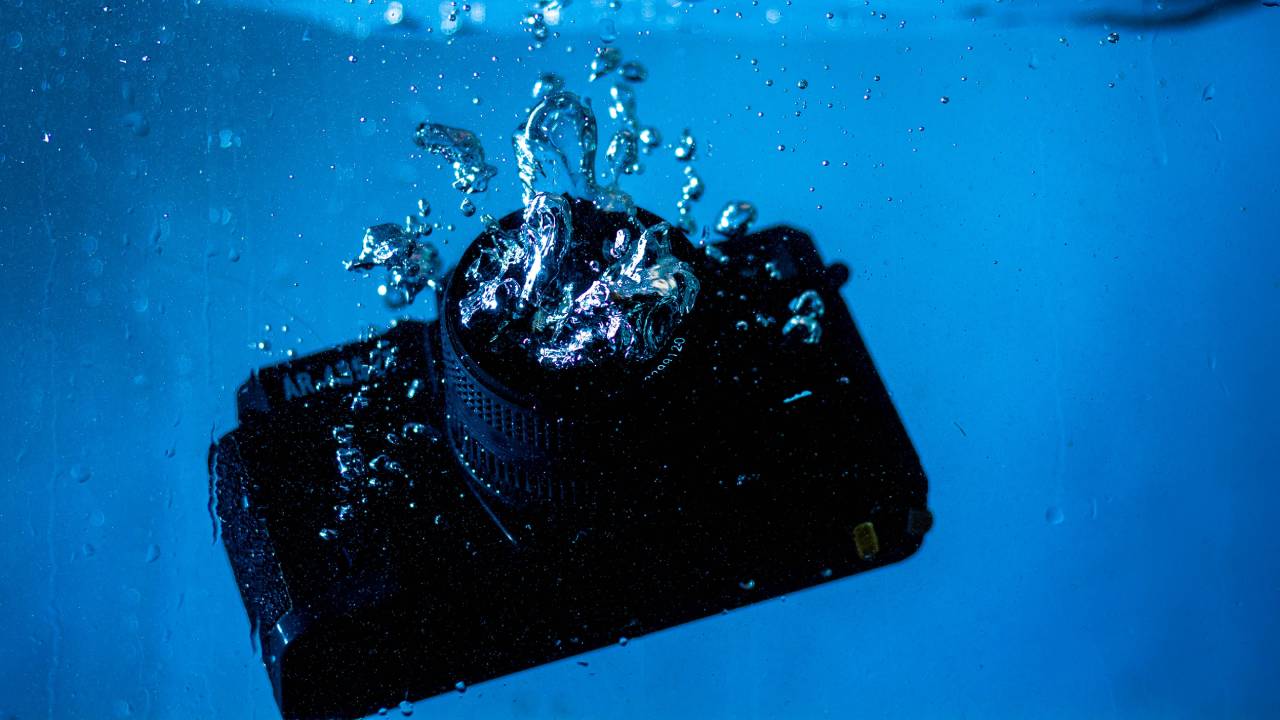It is one of the most talked about technical specifications, especially with regard to wearable devices, but not everyone knows what one is talking about when mentioningLevel Electronic Identification Number. It is usually expressed in IPxx format, Where xx denotes a pair of numbers, denotes the resistance of the device with respect toBreaking into solid or liquid elements inside. But what does this number mean? Let’s find out together.
IP rating, what is it and how does it work?

IP rating, how to decode

IP ratings are for informational purposes. Although they are based on standardized tests, they are not necessarily of higher value in terms of resistance (Regarding the gauges we will see later) This indicates a high effective ability to resist the elements compared to others of lower values. Indeed, if the object had suffered PitfallsAnd the the fall a Harm For exterior, the IP rating values may not be preserved. It is always recommended that you use devices with care, to avoid as much as possible the possibility of having to test the actual match between the IP rating and the actual capacity of your device. It is best to keep your appliances, especially those that are not used on a daily basis, in Dry places away from water and dust In contact with liquids, dry them immediately or follow the most appropriate behavior to avoid any risks arising from incorrect use of the tool.
IP rating, resistance to solid materials

- IP0X: There is no protection in the event of contact and ingress of solid objects
- IP1X: Protected against solid objects with dimensions of about 50 mm
- IP2X: Protected against solid objects with dimensions of about 12.5 mm
- IP3X: Protected against solid objects with dimensions of about 2.5 mm
- IP4X: Protected against solid objects with dimensions of approximately 1 mm
- IP5X: Protected against limited entry of dust (the object is protected from dust)
- IP6X: Protected against any dust leakage (body is dust resistant)
- X: The data has not been evaluated by the test or not made available for this type of item.
IP rating, fluid resistance

- IPX0: No liquid leakage protection
- IPX1: Protected against dripping vertically
- IPX2: Protected against vertically falling or sloping water droplets up to 15 °
- IPX3: It is protected from splashing up to 60 ° from the vertical
- IPX4: Protected against splashing from any direction
- IPX5: Protected against low pressure water jets
- IPX6Protected against high pressure water jets
- IPX7Protected against immersion in water up to 1 meter for 30 consecutive minutes
- IPX8Protected against submersion in water from one to three meters under pressure for long periods of time
- IPX9: Protected against high-powered water jets and high temperatures at close range
- X: Uncategorized or no classification data for this type of item.
It is correct to specify that the references to the times indicated in the classification refer to Maximum time From the test performed on a specific object, with fresh water (Not the salt or chlorinated water that can corrode the body) and not the actual capacity of the body itself. In fact, the device can last up to 40 minutes underwater, despite its IP rating being IPX7.

“Web fanatic. Travel scholar. Certified music evangelist. Coffee expert. Unapologetic internet guru. Beer nerd.”





